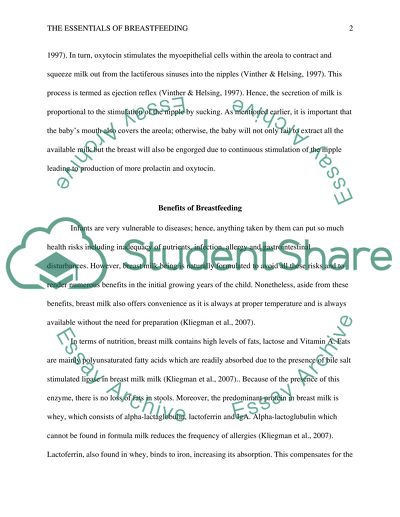Cite this document
(“Relationship of Physiology and Proper Breastfeeding Research Paper”, n.d.)
Retrieved from https://studentshare.org/medical-science/1417401-breast-feeding
Retrieved from https://studentshare.org/medical-science/1417401-breast-feeding
(Relationship of Physiology and Proper Breastfeeding Research Paper)
https://studentshare.org/medical-science/1417401-breast-feeding.
https://studentshare.org/medical-science/1417401-breast-feeding.
“Relationship of Physiology and Proper Breastfeeding Research Paper”, n.d. https://studentshare.org/medical-science/1417401-breast-feeding.


